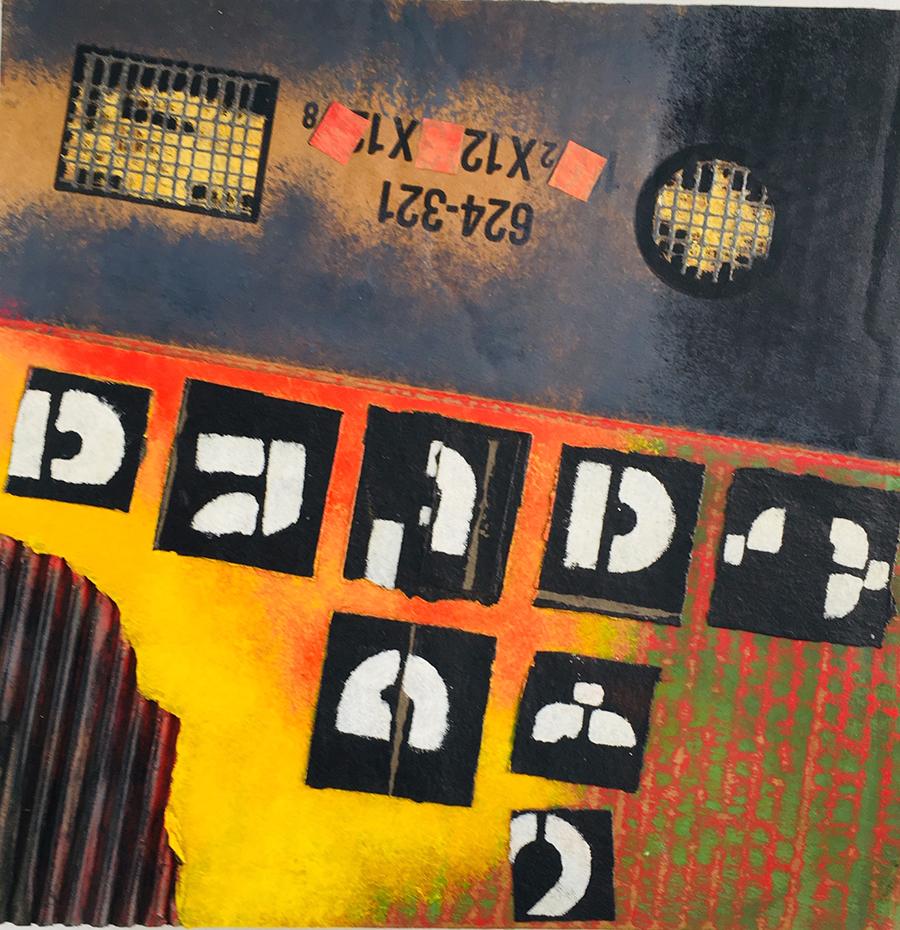The next time you go to the Dance Palace, give yourself ample time to take a tour of “Will Thoms: Paintings and Collage on . . .
Will Thoms: Simple elegance on cardboard


The next time you go to the Dance Palace, give yourself ample time to take a tour of “Will Thoms: Paintings and Collage on . . .